Classic Sheet Music: Understanding Chords in Popular Music
In previous lessons, we explored triads and seventh chords using C major as our foundation. If you've followed along, you should already be comfortable identifying and playing basic chord structures. Now, we’ll expand your chord vocabulary with several other commonly used variations found across classic sheet music, pop songs, and accompaniment styles.



1. Borrowed Chords
These chords are "borrowed" from closely related keys or parallel modes to add color and variation.
(1) Major II Chord
Labeled as D, this chord is borrowed from the V chord of G major—a key closely related to C major.

(2) Major III Chord
Labeled as E, this comes from the harmonic minor of A minor, the relative minor of C major.

(3) Major VI Chord
Labeled as A, this chord comes from the harmonic minor scale of D minor—the parallel minor of F major.

(4) Dominant Seventh on II (D7)
This adds tension and leads effectively to G. It's borrowed from G major, and notated as D7.

(5) Dominant Seventh on I (C7)
Pulled from the key of F major, this chord brings bluesy or jazzy flavors into standard progressions.

(6) Dominant Seventh on VI (A7)
Borrowed from D harmonic minor, this chord leads naturally into Dm and adds unexpected color.

2. Stacked-Thirds Chords
Also called "extended chords," these are built by stacking more thirds on top of seventh chords.
(1) Ninth Chord (C9)
Adds the 9th (D) to a dominant seventh chord.
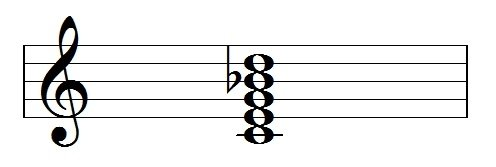
(2) Eleventh Chord (C11)
Builds upon C9 by adding the 11th (F), producing a rich and layered sound.

These chords are often included in jazz-style classic sheet music and are popular with intermediate learners exploring harmony in piano online lessons.
3. Suspended Chords (Sus Chords)
Sus chords create tension by replacing the third of the chord.
(1) Csus2
The E is replaced by D, producing an airy and open texture.
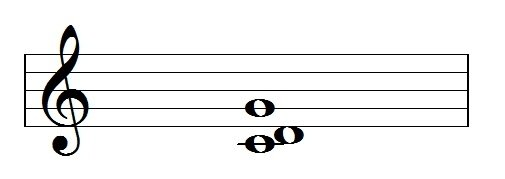
(2) Csus4
It replaces E with F, creating a grounded, suspended quality in the chord.
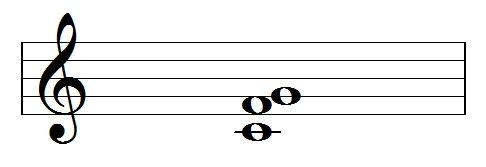
(3) C7sus2
Applies the same idea to a dominant seventh chord—replacing E with D.
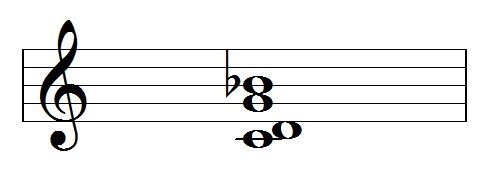
(4) C7sus4
This common sus version replaces the third with the fourth, creating a powerful resolution when the suspended note returns to the original third.

These variations are often used in transitional progressions and make great material for easy sheet music and beginner arrangements.
4. Added-Note Chords (Add)
These chords add color without changing the basic structure.
(1) Cadd6 (or C6)
Adds A to a standard C major triad, commonly used in jazz and ballads.

(2) Cadd9
Adds D to the triad. This shape is very common in pop and folk.

One popular way to voice it:
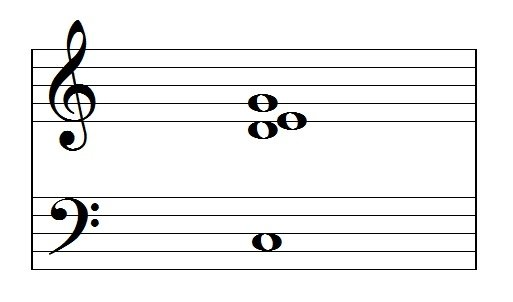
(3) Cadd11
Adds the 11th (F) to the triad, providing a subtle sense of drama.
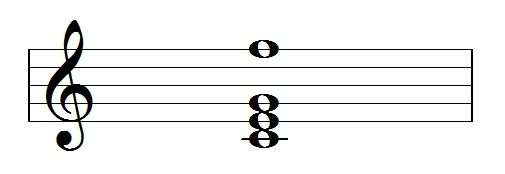
5. Slash Chords
These symbols show that a different bass note is played under the chord. They're often used to create smoother voice leading or richer bass movement.
For example: C/F means a C major chord with F in the bass.
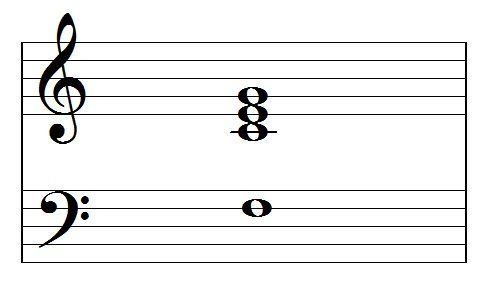
Understanding these can greatly enhance your piano notes reading skills when interpreting complex arrangements.
6. Omitted-Note Chords (Omit)
Sometimes a note is left out of a chord, usually for textural clarity or to simplify fingerings.
Example: C7omit3
Here, the third (E) is removed from a C7 chord.

While simple, this concept is helpful when arranging or simplifying dense chords for easy sheet music.
All the examples above use the key of C major. To use them in other keys, simply transpose accordingly—a skill you'll develop with regular practice and guidance through piano online lessons.
FAQs
Q1: Why are these chords essential in classic sheet music?
They offer harmonic variety and depth, making even simple pieces sound richer and more expressive.
Q2: Can I practice these chords through piano online lessons?
Yes, many piano online lessons walk you through chord voicings, usage, and progressions using interactive methods and real song examples.
Q3: Where can I find beginner versions of these chords in easy sheet music?
You can explore websites like SheetMusicGo, which provide easy sheet music and annotated piano notes designed for step-by-step learning.










